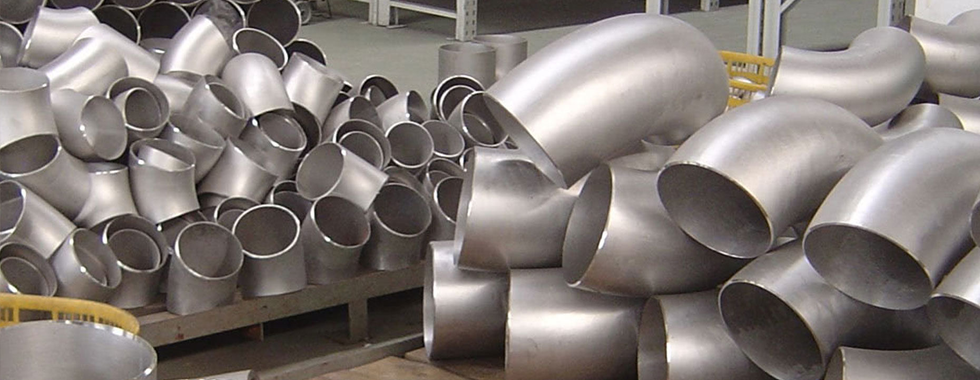Understanding the Grades of Monel Used in Buttweld Fittings: Monel 400 vs. Monel K500

When selecting materials for pipe fittings, Monel is often a preferred choice due to its exceptional resistance to corrosion, durability, and versatility in demanding environments. Among the various grades of Monel, Monel 400 and Monel K500 stand out as the most commonly used. Both offer unique properties that make them suitable for specific applications. In this blog, we will compare these two grades of Monel to help you understand their differences and decide which is the better option for your needs.
What is Monel?
Monel is a nickel-copper alloy known for its excellent corrosion resistance and strength. It is particularly effective in marine and chemical processing environments, where exposure to seawater and corrosive chemicals is common. Its ability to retain mechanical properties under extreme conditions makes it a go-to material for buttweld fittings.
Monel 400: Overview and Key Features
- Outstanding Corrosion Resistance: Monel 400 excels in resisting corrosion from seawater, acids, and alkalis, making it a top choice for marine and chemical industries.
- High Strength and Toughness: This grade maintains its structural integrity under high-pressure and high-temperature environments.
- Ease of Fabrication: Monel 400 is easy to weld, machine, and fabricate, ensuring seamless installation in various piping systems.
Common Applications: Marine engineering, heat exchangers, valves, pumps, and chemical processing equipment.
Monel K500: Overview and Key Features
- Increased Strength and Hardness: Monel K500 is significantly stronger and harder than Monel 400, thanks to its precipitation-hardened microstructure.
- Corrosion Resistance with Added Strength: It retains the excellent corrosion resistance of Monel 400 while offering higher strength for demanding applications.
- Resistance to Stress Corrosion Cracking: Monel K500 is less prone to cracking under stress, even in highly corrosive environments.
Common Applications: Oil and gas drilling tools, propeller shafts, pump shafts, springs, and fasteners in marine environments.
Monel 400 vs. Monel K500: A Comparison
| Property | Monel 400 | Monel K500 |
|---|---|---|
| Composition | Nickel (63%), Copper (28-34%) | Nickel (63%), Copper (27-33%), Aluminum, Titanium |
| Strength | Moderate | Higher due to precipitation hardening |
| Corrosion Resistance | Excellent | Excellent with added resistance to stress corrosion cracking |
| Hardness | Lower compared to K500 | Higher due to added alloying elements |
| Ease of Fabrication | Easier to fabricate | Slightly harder to machine due to added strength |
| Applications | Marine, chemical processing, heat exchangers | Oil and gas tools, shafts, springs, fasteners |
Which Grade Should You Choose?
The choice between Monel 400 and Monel K500 depends on the specific requirements of your application:
- Choose Monel 400 if you need excellent corrosion resistance, ease of fabrication, and moderate strength. It is ideal for general-purpose applications in the marine and chemical industries.
- Choose Monel K500 if your application demands higher strength, hardness, and resistance to stress corrosion cracking. It is better suited for heavy-duty applications in the oil and gas sector and other high-stress environments.
Monel 400 and Monel K500 both offer exceptional performance for buttweld fittings, but their distinct properties cater to different industrial needs. By understanding their strengths and applications, you can make an informed decision that ensures optimal performance and longevity for your piping systems.
For more details on Monel buttweld fittings or assistance in selecting the right material for your project, contact us today!
